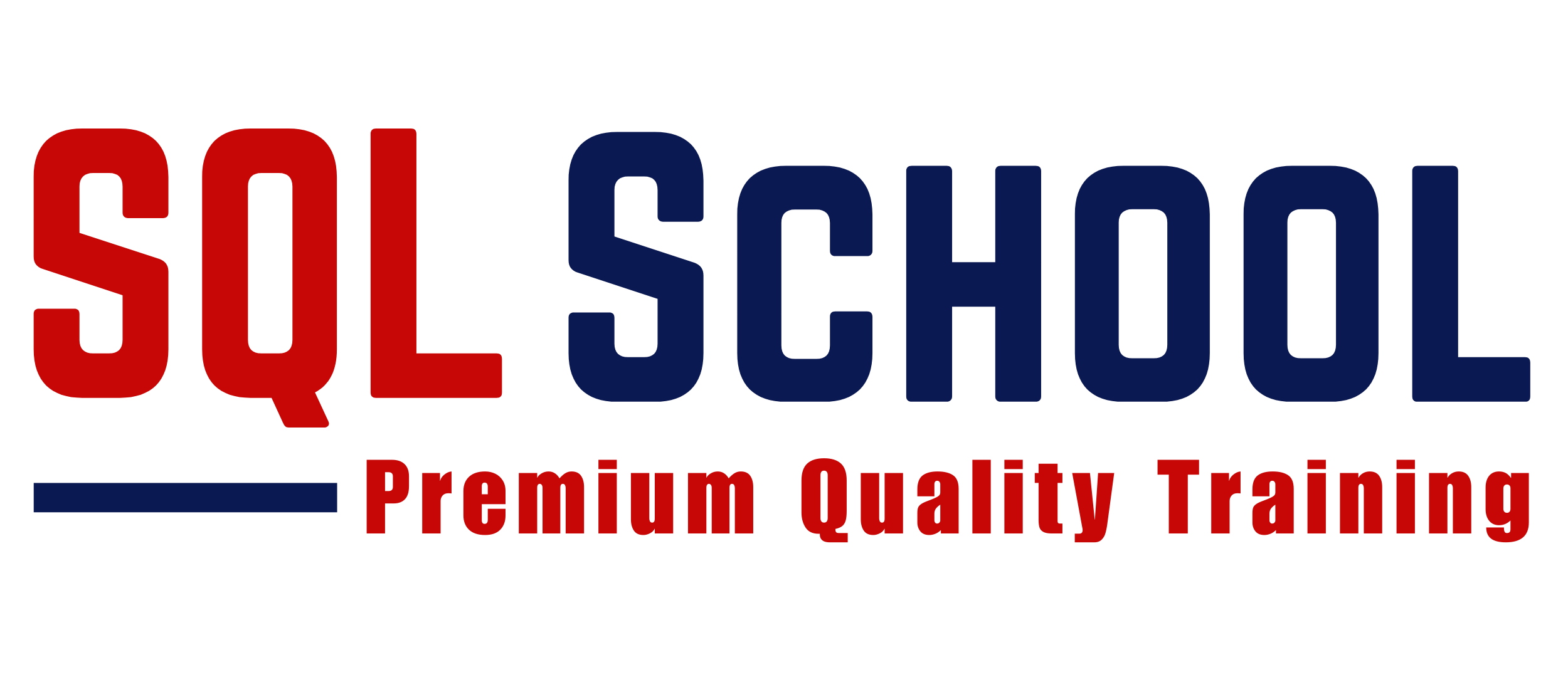Agile
If you’ve been in the world of startups or tech long enough, chances are you’ve heard the term Agile tossed around like confetti. But let’s be honest — how many truly get what Agile means?
Agile isn’t just a project management buzzword. It’s a mindset. A way of thinking, working, and delivering results — fast. Whether you’re building software, launching a product, or running a business, understanding Agile can transform the way you operate.
Let’s break it down.
Agile principles and values
At the heart of Agile lies a simple philosophy: deliver value quickly, get feedback, and improve continuously.
The original Agile manifesto laid out 4 core values and 12 guiding principles. The big idea? People over processes. Working solutions over documentation. Collaboration over negotiation.
Here’s what matters:
Respond to change, don’t resist it.
Deliver working solutions frequently.
Trust your team — autonomy breeds excellence.
User stories, cross-functional teams, and daily stand-ups all stem from these values.
Benefits of Agile project management
Why is Agile such a game-changer?
Faster delivery: Instead of waiting months, you deliver in sprints.
Customer-first mindset: Frequent releases mean constant feedback.
Higher team morale: Autonomy + ownership = motivated teams.
Lower risk: Small, incremental changes reduce big failures.
Businesses using Agile project management report better productivity and faster time to market. Whether it’s a {product backlog} getting refined or a team adjusting priorities mid-sprint, Agile helps teams stay nimble.
Scrum vs Kanban in Agile
Two of the most common Agile frameworks are Scrum and Kanban.
Scrum breaks work into 1- to 4-week sprints. It includes:
Sprint planning
Daily stand-up meetings
Reviews and retrospectives
Kanban? It’s a visual workflow. No time-boxed sprints. Just a board showing:
What’s to-do
What’s in progress
What’s done
Each has strengths. Scrum works best for structured teams. Kanban suits operations-heavy environments. The key is choosing what fits your team’s rhythm.
Agile lifecycle and phases
Let’s simplify the Agile lifecycle into phases you can act on:
Concept – Identify business needs.
Inception – Form your team, define goals.
Iteration/Increment Planning – Define product backlog.
Execution – Develop in sprints, hold stand-ups.
Review & Retrospective – Evaluate, improve, repeat.
The secret sauce? Iteration. Agile means learning and improving each time. Each sprint is an opportunity to course-correct — no massive reworks at the end.
Common challenges in Agile adoption
Let’s not sugarcoat it. Agile isn’t always easy to adopt.
You’ll face:
Resistance to change – People love comfort zones.
Poor communication – Agile demands clear collaboration over documentation.
Unrealistic expectations – Agile is fast, not magic.
To overcome these, invest in Agile coaching, communicate benefits, and create space for early wins.
Agile tools and techniques
Want to go Agile? Start with the right tools:
Jira – For managing sprints, user stories, and backlogs
Trello – A simple Kanban board
Azure DevOps – Scalable enterprise Agile
Miro – Great for whiteboarding and collaborative planning
Tech aside, don’t forget these key techniques:
Continuous delivery
Incremental improvement
Sprint retrospectives
These help Agile become more than a method — they make it a movement.
Agile certifications and career opportunities
Agile isn’t just for coders. From product owners to business analysts, understanding Agile opens doors.
Top certifications to consider:
Certified ScrumMaster (CSM)
PMI Agile Certified Practitioner (PMI-ACP)
SAFe Agilist
Roles in demand:
Agile Coach
Scrum Master
Product Owner
Release Train Engineer
As companies shift toward faster delivery and better collaboration, these roles are becoming critical.
Agile isn’t a silver bullet. But it’s a powerful tool for today’s fast-paced, feedback-driven world.
Whether you’re building a startup or launching your next big feature, working the Agile way brings speed, alignment, and value. Remember — it’s not about following rules blindly, but about adapting, learning, and growing with every iteration.
Your next move? Run a stand-up. Start a backlog. Or just talk to your team about what’s not working — and how you can fix it together.
Because in Agile, progress always beats perfection.
📈 Want to Become a Skilled Business Analyst with Real-Time Project Expertise?
Join SQL School – India’s most trusted platform for real-time Business Analyst training!
✅ Learn SQL, Excel, Power BI, Python, Tableau, and Agile – all in one program
✅ Master business process modeling, data analysis, reporting, and dashboarding
✅ Gain hands-on experience with real-time case studies, documentation, and tools
✅ Perfect for freshers, working professionals, and career switchers
📞 Call now at +91 96666 40801 or visit 👉SQL School for a FREE demo session!
SQL School – Your Real-Time Path to a Rewarding Business Analyst Career.

